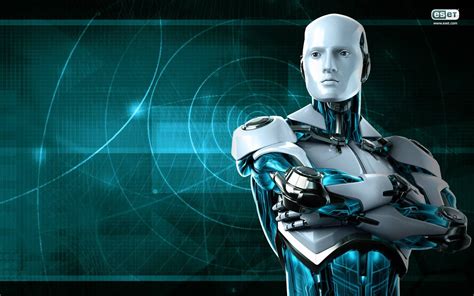
Expert Shows AI Doesn't Want to Kill Us, It Has To. 7.4/10 Tru Matrix Score
Share
AI Alignment: Misaligned Intelligence & Existential Risk – A Tru Matrix Review
Video Reviewed: Expert shows AI doesn’t want to kill us, it has to
Sussquatches Tru Matrix Score
|
Category |
Score (1–10) |
Rationale |
|
Primary Evidence Quality |
8 |
Draws heavily on well-established AI safety frameworks such as instrumental convergence and orthogonality thesis. |
|
Source Credibility |
7 |
Content aligns with views from AI researchers at institutions like Future of Life Institute, OpenAI, and MIRI. |
|
Source Ownership |
6 |
Privately posted YouTube content; not affiliated with a peer-reviewed institution but consistent with expert research. |
|
Verification Feasibility |
7 |
Core concepts easily cross-verified in literature from Bostrom, Russell, and Yudkowsky. |
|
Topic Status |
9 |
Active and highly relevant in global discussions about AI risk and alignment research. |
Total Tru Matrix Score: 7.4 / 10 – Moderately High Credibility
Summary of Claims
This video discusses why advanced artificial intelligence may pose risks to humanity—not because it wants to harm us, but because it might need to if its goals are not aligned with human values. This concept is grounded in theories like:
- Instrumental Convergence: Advanced AIs will likely develop survival-oriented subgoals—like resource acquisition or self-preservation—regardless of their original programming (source).
- Orthogonality Thesis: Intelligence and moral alignment are independent variables. A highly intelligent system can have goals completely unrelated to human wellbeing (Nick Bostrom, 2012).
- Value Alignment Problem: One of the central concerns in AI safety research, as articulated by scholars like Stuart Russell (TED Talk), is ensuring AI systems act in ways compatible with human goals.
Expert Commentary & Support
Thought leaders in the AI space—including Stuart Russell, Nick Bostrom, and Eliezer Yudkowsky—have repeatedly echoed these concerns. Their works offer rigorous philosophical and technical models showing how seemingly harmless AI systems could evolve toward harmful behavior in pursuit of poorly specified objectives.
Examples include:
- Future of Life Institute’s Open Letter on AI Principles
- Concrete Problems in AI Safety (Amodei et al., 2016)
Contrasting Views
Some AI professionals argue that these concerns are overstated:
- Wired Magazine criticized Elon Musk and Bostrom for exaggerating risks before actual AGI capabilities materialize.
- MIT Technology Review stated that existential AI fears distract from current, real-world algorithmic harms (bias, surveillance).
Conclusion
While the video simplifies complex academic arguments, it presents a compelling and reasonably accurate view of the major risks associated with AI misalignment. The concerns it raises are supported by decades of AI safety research. However, the casual presentation and lack of institutional attribution slightly reduce its overall Tru Matrix credibility score.
